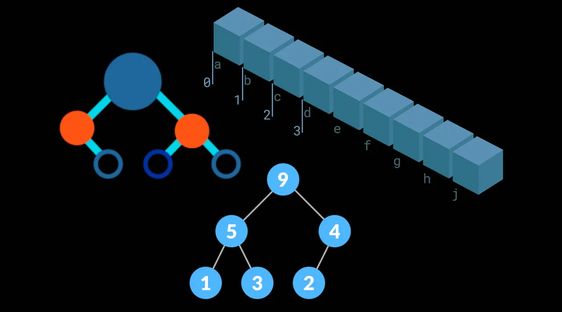Learn About Heaps: A Guide to Coding Interviews
 Tanmay
Tanmay
Introduction:
In coding interviews, understanding heaps is essential. Heaps are data structures used for efficiently retrieving the smallest or largest elements from a set of data. In this blog post, we will explore what heaps are, how they work, the benefits of using heaps, and cover the theory and code implementation of heaps. We will also delve into heap sort, priority queue, and custom implementation of heaps. So let's dive in and learn all about heaps!
What are Heaps and How Do They Work?
Heaps are used for efficiently retrieving the smallest or largest item from a set of data. They allow for storing and searching elements based on a specific criteria. Heaps can be stored as arrays or trees, and the logic behind representing the array as a tree will be covered. The main task of a heap is to retrieve the smallest or largest item from the set of data. Insertion and removal of elements in a heap will also be explained.
Benefits of Using Heaps
The main purpose of using heaps is to efficiently remove elements from the middle or in a specific order. Heaps ensure that the next largest or smallest element is replaced in the empty area after removing an item. They allow for constant time insertion and retrieval of the minimum or maximum item. Heaps significantly reduce insertion time compared to other data structures.
Complete Theory and Code Implementation of Heaps
In this section, we will cover the theory and code implementation of heaps. We will explore heap sort, which involves removing elements from a heap until it is empty, resulting in a sorted list. The time complexity of heap sort is O(n log n). Additionally, we will walk through the implementation of a generic Heap class, as well as the bottom-up and top-down approaches in heap implementation.
Heap Questions and Hash Maps
In the next video, we will dive into heap interview questions and also learn about hash maps. Stay tuned for more in-depth content on heap-related topics!

Conclusion:
Heaps are powerful data structures that play a crucial role in coding interviews. They offer efficient ways to retrieve and remove the smallest or largest elements from a set of data. By understanding heaps and their implementation, you will be well-equipped to tackle interview questions that involve heaps. So start practicing, stay curious, and keep learning!
Subscribe to my newsletter
Read articles from Tanmay directly inside your inbox. Subscribe to the newsletter, and don't miss out.
Written by
Tanmay
Tanmay
I am a self-taught software developer